Major independent broker-dealers have long been engaged in fierce competition for advisor recruitment and retention, which requires them to constantly build up platform enhancements that appeal to both established financial professionals and the next generation of talent.
We reached out to Osaic, LPL, Commonwealth, Kestra and Cetera to capture the latest trends in IBD innovation, as well as their plans for 2024. Initiatives range from rebrandings and platform consolidations, to liquidity and succession planning support, to new technology and investment management tools, to culture-defining conferences.
The common goal – and therefore the common hurdle – appears to be achieving scale while differentiating themselves by demonstrating the ability to accommodate the unique needs of various types of advisors.
Osaic
“This year, we’ve really been able to leverage the power of our new brand and consolidated business model,” says Kristen Kimmell, EVP, Business Development at Osaic, which manages over $500 billion in client assets across more than 11,000 financial professionals. It is a portfolio company of Reverence Capital Partners. “With Osaic, we can showcase the strength and scale of our platform with affiliation offerings aligned with advisors’ needs, both today and into the future.”
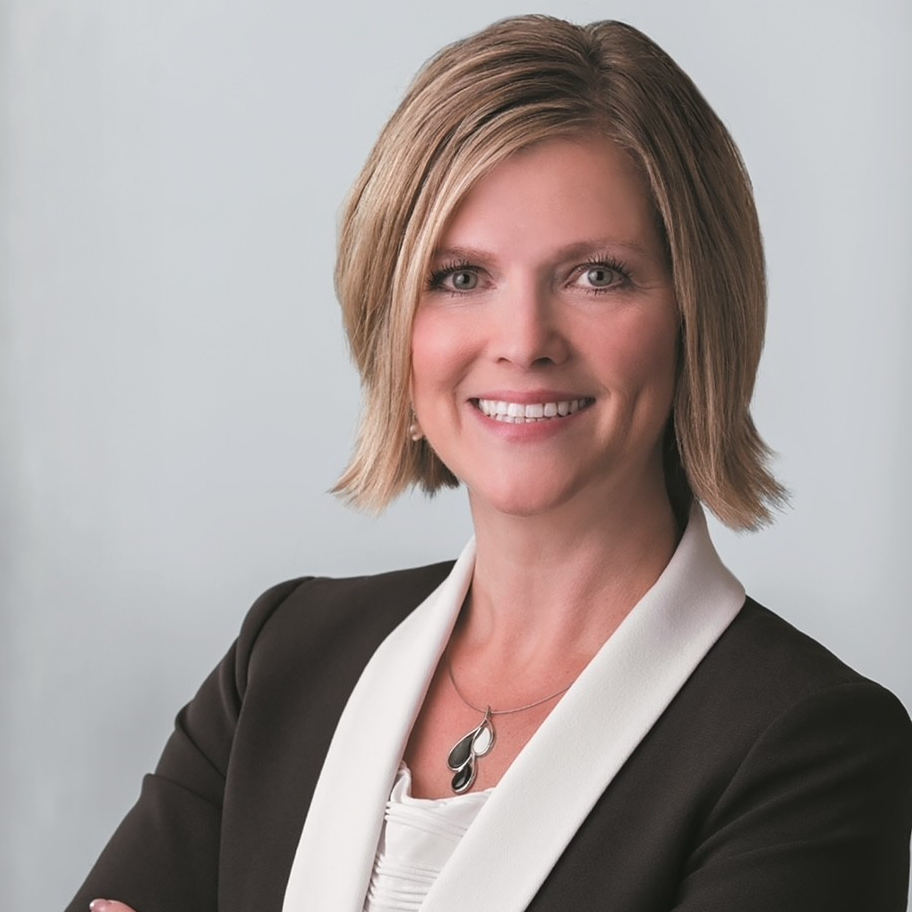
“Advisors are looking for more than just a platform, they want a partner who is there to support them and help them accelerate their growth and increase their enterprise value,” she says. “We listen to what they want and then leverage our scale and resources to deliver solutions that support their unique goals.”
In June, Osaic rebranded from Advisor Group and announced plans to unite its eight wealth management firms under the new name while also seeking to reduce operational complexity among the firms during the subsequent 18 to 24 months. Since the rebrand, Osaic has recruited several advisors representing over $1 billion in combined assets.
In July, Osaic recruited Walnut Creek, California-based Vitucci Integrated Planning, with $254 million in client assets. In September, Osaic recruited Investment Consulting Group, a Birmingham, Michigan-based advisory firm with over $600 million in assets. The same month, Lincolnshire, Illinois-based advisor Greg Diamond, who oversees approximately $150 million, also joined Osaic.
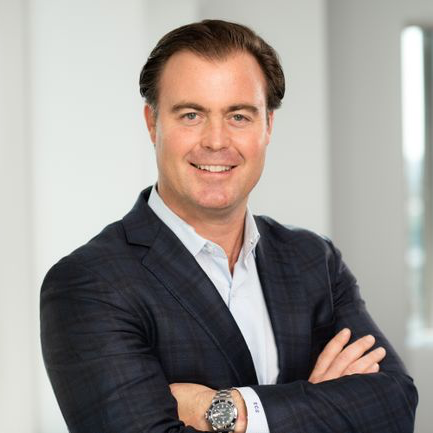
In February, Advisor Group hosted its16th annual W Forum conference for the firm’s women advisors and office associates. The hybrid conference gathered more than 350 in-person financial professionals to San Diego as part of a total hybrid audience of 900 people who received education, training and peer-to-peer learning opportunities to help them grow their businesses.
“What excites me is that Osaic now competes in every channel of wealth, from independent, to RIA, to hybrid to breakaways,” says Ed Swenson, EVP, President RIA Solutions at Osaic.
“The market is clearly acknowledging that scale matters more than ever and that those partners in the space that have strong hands and can offer the most flexibility and choice to advisors are winning disproportionately to those firms that lack the same resources,” he says. “Osaic is becoming the gold standard to which other firms are aspiring and the partner of choice to financial advisors looking to grow their businesses. It is truly exciting.”
LPL
“LPL is focused on expanding our presence in the broader advisor marketplace and it starts by having the most personalized experience to address the broadest set of advisors,” says Rich Steinmeier, Managing Director, Divisional President, Business Development. LPL Financial managed approximately $662 billion in advisory assets across nearly 22,000 advisors as of the end of the second quarter.
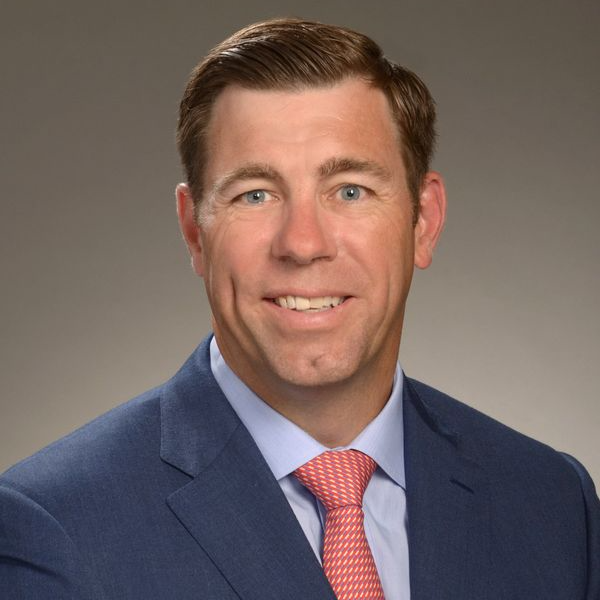
“We’ll continue to demonstrate our commitment to providing advisors with choice and customization through the strategic expansion of our affiliation models over the next year,” he says. “Second, we’re well-positioned to capitalize on the disruption happening in the traditional independence space including consolidation and the increasing role of private equity in the industry.”
In September, LPL announced the expansion of its Liquidity & Succession program, which it launched last year for LPL-affiliated advisors looking to sell their practices, by also making it available to advisors who are not affiliated with the company. In August, the firm added direct indexing to its Model Wealth Portfolios unified managed account program (MWP), to help make trading investment strategies more tax efficient and improve personalized client outcomes.
This summer, Greg Gates, LPL’s Managing Director and Chief Technology and Information Officer, won two industry awards. WealthManagement.com’s 2023 industry awards program, the Wealthies, honored him as Chief Technology Officer of the Year. The Carolina CIO ORBIE Awards also named him CharlotteCIO CIO of the Year. Gates oversees the infrastructure serving LPL’s advisors, representing over $1 trillion of brokerage and advisory assets.
During the third quarter, LPL announced at least 30 brokerage and RIA deals representing nearly $21 billion in assets. This was in addition to Prudential Financial moving approximately $50 billion in retail brokerage and investment advisory assets to LPL and gaining access to LPL’s broker-dealer and registered investment advisory services.
“We’re seeing impacted advisors contemplating their next move because they may not feel like they have control over their destiny,” Steinmeier says. “Advisors are looking for an industrial strength option that offers stability, depth and breadth of technology and wealth management capabilities, and competitive compensation. These shifts are going to continue into 2024 and LPL is going to be front and center as a relevant and attractive option for a diverse and growing number of advisors.”
Commonwealth
“At Commonwealth, we are investing in the tools, support, and capital programs that will accelerate how our advisors want to grow and prosper,” says Matt Chisholm, Senior Vice President, Business Solutions, RIA Services and Practice Management. Commonwealth Financial Network manages nearly $243 billion in assets across more than 2,100 independent financial advisors.
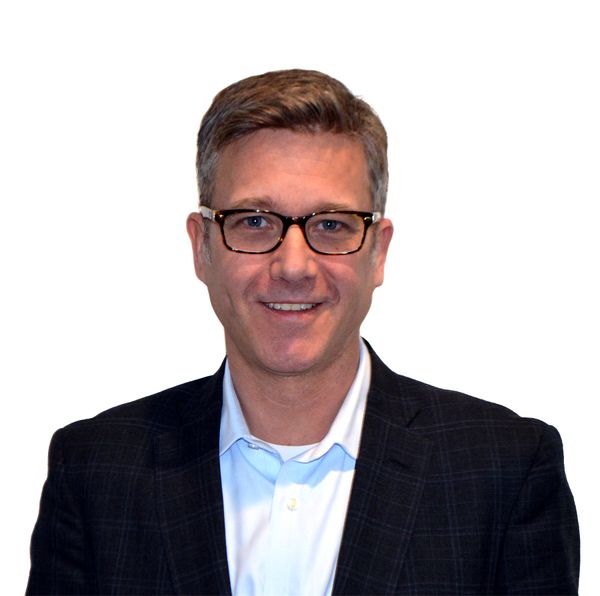
“We believe that Commonwealth is the destination for advisors who want to grow and expand their practices, yet we understand that the path to achieving their vision for success may mean many different things to different advisors,” he says. “We aspire to be a one-stop shop for all of our advisors’ business needs and we continue to enhance and evolve what we do to keep up with their demands, as well as keeping up with the marketplace.”
On the business solutions front, Commonwealth is working on three core areas. Offering new avenues for advisors to fund their growth, evolution or business transition with access to capital through a trusted partner via the Entrepreneurial Capital program. Creating a robust M&A forum to align like-minded buyers and sellers to find the best fit advisors through the community Marketplace. And helping advisors find the right talent to round out their staff and management team through the Talent Exchange.
On the wealth management front, Commonwealth has two new initiatives. The Private Client’s suite will include lending solutions, legacy planning, tax management strategies, and concierge services such as bookkeeping, performance aggregation, cybersecurity and health care. Strategic Retirement Solutions will provide additional support in 2024 including a bundled 401(k) solution for small and mid-sized businesses, powered by the PlanAssist team, which takes on fiduciary services such as selecting and monitoring the plan lineup and quarterly reporting.
This month, Commonwealth held its national conference in Aurora, Colorado. Last month, industry veteran Noreen Beaman joined its Advisory Board and the firm expanded its Talent Exchange Initiative to connect students from universities offering CFP programs with affiliated advisors. In July, Commonwealth ranked No. 1 in independent advisor satisfaction among financial investment firms, for the 10th time in a row, by J.D. Power. Recent recruitments include $223 million R&R Wealth Management and $324 million Paragon Financial.
“We are focused on bringing innovative solutions to help recruit and retain advisors by solving for some of their biggest challenges,” Chisholm says. “We are committed to being an indispensable partner for every advisor who chooses Commonwealth no matter where they are in their journey, and we will continue to innovate to provide them the solutions and support they need to achieve their goals.”
Kestra
“A top priority for Kestra Financial heading into 2024 is staying focused on our target market,” says Stephen Langlois, President of Kestra Financial, a subsidiary of Kestra Holdings, whose companies collectively oversee $111.3 billion in assets and support more than 1,800 independent financial professionals.
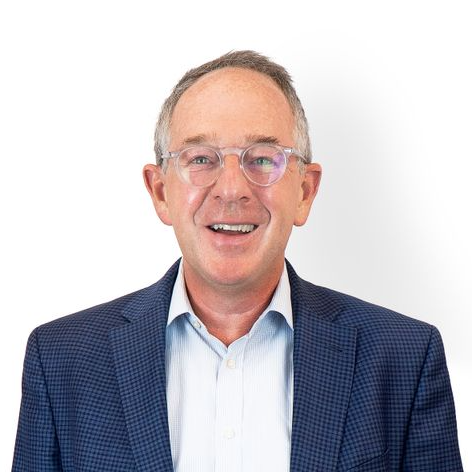
“Specifically, that includes wirehouse and W2 exiters with a fully supported model who are looking to transition to independence, as well as larger traditional independent wealth management firms seeking a new partner totally dedicated to empowering their success,” he says. “We’re focused on recruiting advisors and firms that want to continue driving efficiency in their practices, and that are interested in joining our community of like-minded, growth-oriented advisors.”
Its new Digital Account Opening solution serves Kestra advisors and their staff by delivering quicker account opening through fewer keystrokes, data entry and more intuitive workflow, all of which strives to enable advisors to invest their clients’ money faster and more efficiently. During the third quarter, Kestra announced four advisory deals representing over $2 billion in assets.
At the Wealthies, Kestra Financial won in the “Transition Support” subcategory while Kestra Holdings subsidiary Bluespring Wealth Partners won the “RIA Support Platform of the Year” subcategory. In the summer, Kestra Holdings announced the appointment of Jean-Luc Dupont as Vice President, Chief Information Security Officer and Head of Cybersecurity and Technology Risk. Dupont has nearly three decades of experience.
Earlier this year, Kestra Investment Management launched two multi-manager model portfolio series. The Active Income Portfolio is a diversified, multi-asset portfolio that uses actively managed funds. The Satellite Series comprises three model portfolios designed to be paired with a core portfolio to address income and risk management.
“We’re also excited to continue supporting our advisors through financial planning and investment management capabilities accessible with our sourced solutions, allowing our advisors to strategically scale and spend more time on activities that drive growth,” Langlois says. “Our strategy for 2024 will remain much the same – leveraging the strength that Kestra has always been known for to continue building our community of high-quality independent wealth management firms.”
Cetera
Cetera Financial Group CEO Adam Antoniades has referenced in a press release that the firm has grown from approximately 7,000 advisors and 1,300 employees supporting $242 billion of assets under administration (AUA) in 2018 to approximately 9,000 advisors and 2,000 employees supporting $374 billion of AUA today.
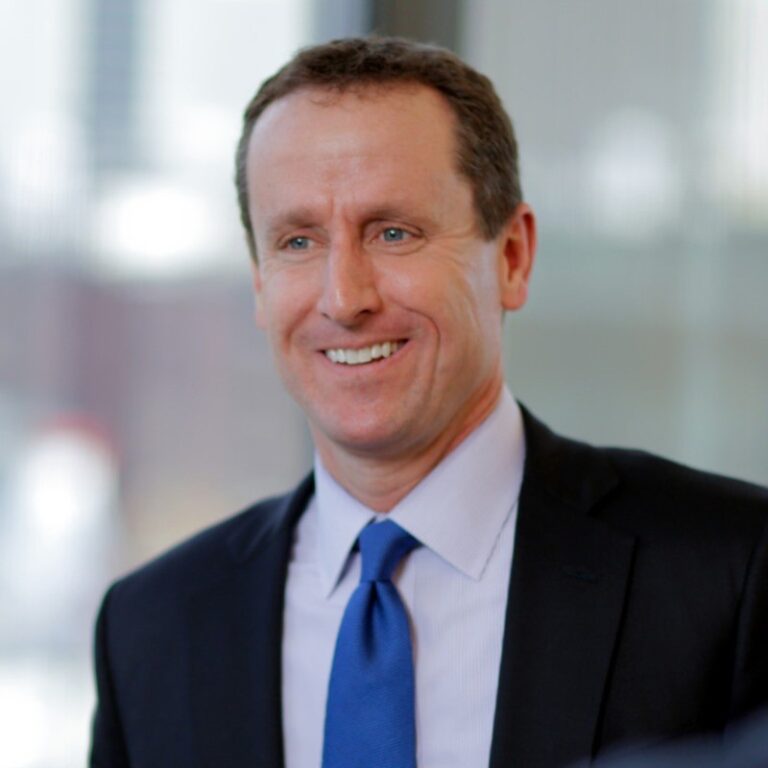
Mike Durbin, a Fidelity leader who earlier this year was named to the newly-created position of CEO of Cetera Holdings, the entity that owns Cetera Financial Group on behalf of its private equity investors at Genstar, said in a press release, “Secular tailwinds and continued economic growth underpin confidence in Cetera’s future.” Antoniades has been reporting to Durbin since the latter’s appointment to his current role at the holding company level.
It would appear to be a reasonably safe bet that Cetera will continue to be private equity-controlled for the foreseeable future. In October, Cetera announced that it received a reinvestment from the private equity firm Genstar Capital, which initially invested in Cetera in 2018. The new investment is led by Genstar’s Fund XI, with additional capital from Fund X, and is expected to close in the fourth quarter subject to regulatory approval and other conditions.
Cetera did not respond to requests from WSR to participate in this article.
RIA Competition
To be sure, broker-dealers have stiff competition from the RIA space on recruiting and retaining top talent.
As WSR CEO Larry Roth noted last month, according to Fidelity, for years now independent broker-dealers have been consolidating in the face of factors such as increasing margin pressure, regulations that threaten revenue streams and lower productivity among advisors than practitioners in other channels. This is leading broker-dealers and large RIAs to look increasingly similar in terms of their strategic objectives and advisor platforms.
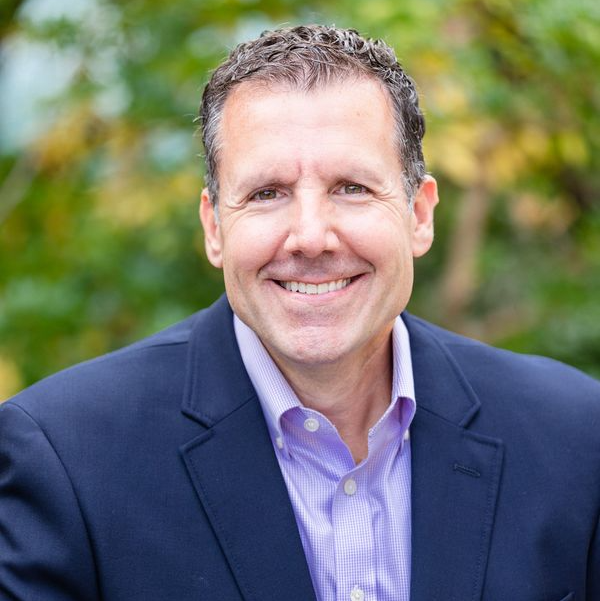
“I can’t think of a service an independent hybrid broker-dealer can offer that we can’t facilitate at Summit,” Stan Gregor, CEO of Parsippany, New Jersey-based Summit Financial, told WSR. “We’re not a broker-dealer, but we have access to broker-dealers that the advisors work with and leverage, so there’s nothing missing. We’re also not an aggregator.”
Summit’s companies, which have been in operation for approximately 40 years in various forms, include an RIA, financial planning, investment management, benefits and services, as well as a technology provider. Three years ago, it launched the Summit Growth Partners platform to provide minority investment capital to advisors, many of whom join from broker-dealers, wirehouses and other RIAs. Summit has approximately 30 partner firms on its platform nationwide.
“We deploy our capital, our highly experienced professional services teams, our network and our technology to help advisors grow,” Gregor says. “Most of our partners have been with us for 30 and 40 years. For decades, the firm has had almost no advisor attrition. Once advisors become partners, they are usually blown away with all the resources and services we provide them with to help them grow their practices.”
Chris Latham, Managing Editor at Wealth Solutions Report, can be reached at clatham@wealthsolutionsreport.com














